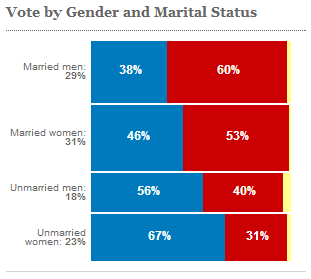Here is a little map just for fun. You likely know your zodiac sign based on your birthday, but did you know that states have signs too? Yes indeedy, they do -based on their statehood date. So let's look at Mama USA's children by zodiac sign.
First of all, the good ol' USA is a Cancer "born on the 4th of July" as the song Yankee Doodle Dandy teaches us. I have actually read, however, that some astrologers argue the USA was born the day the Constitution was ratified -and thus is a Gemini. That would certainly be a sign fitting Blue State/Red State America with its twin personalities.
So let's look at the 12 signs and their states:
Aries: Poor Aries! There are no Aries states.
Taurus: Taurus Minnesota gives birth to the Mississippi River, and Taurus Louisiana watches the river empty into the Gulf of Mexico. For an earth sign, Taurus states seem to like their lakes and coasts with Maryland giving us all those yummy crab cakes (but then they say the Crab and Bull get along nicely like surf and turf on a plate.) ;)
Gemini: Gemini states fittingly dominate the Border States of the Upper South: Arkansas, Tennessee, Kentucky, and West Virginia. South Carolina, Rhode Island, and Wisconsin are also Geminis.
Cancer: Cancer is supposed to be the sign of motherhood and so it is fitting that Virginia, the "mother of presidents", is a Cancer state along with New Hampshire, Idaho and Wyoming.
Leo: Leo rules theater and so it is fitting that New York's Broadway is in a Leo state. Fire sign Leo also includes Hawaii's volcanoes, Missouri, and Colorado.
Virgo: We only have one Virgo state, but it is quite a state: California.
Libra: Poor Libra! No states for you either. Perhaps we should create two new states: one for Aries and one for Libra.
Scorpio: Scorpio, the passionate sign of sexiness and secrets, rightfully is the sign of Nevada with its Sin City and Area 51. In fact, Nevada's statehood day is Halloween! Scorpio also has the USA's only twin states sharing the same birthdays: North and South Dakota. Montana, Oklahoma, and Washington state are also Scorpios.
Sagittarius: Sags rule! ...At least in terms of the number of states. Eight states are Sagittarians: Alabama, Mississippi, Pennsylvania, Delaware, New Jersey, Indiana, Illinois, and North Carolina.
Capricorn: Capricorn states cover the most territory with the #1 and #2 largest states -Alaska and Texas. Utah, Connecticut and New Mexico make up the other three Cap states.
Aquarius: Aquarian Oregon was actually born on Valentine's Day and shares the sign of Aquarius with Michigan, Kansas, Massachusetts, and Arizona.
Pisces: Watery Pisces rounds out the zodiac with a bevy of Fish states: Vermont, Maine, Florida, Ohio, and Nebraska.


















































